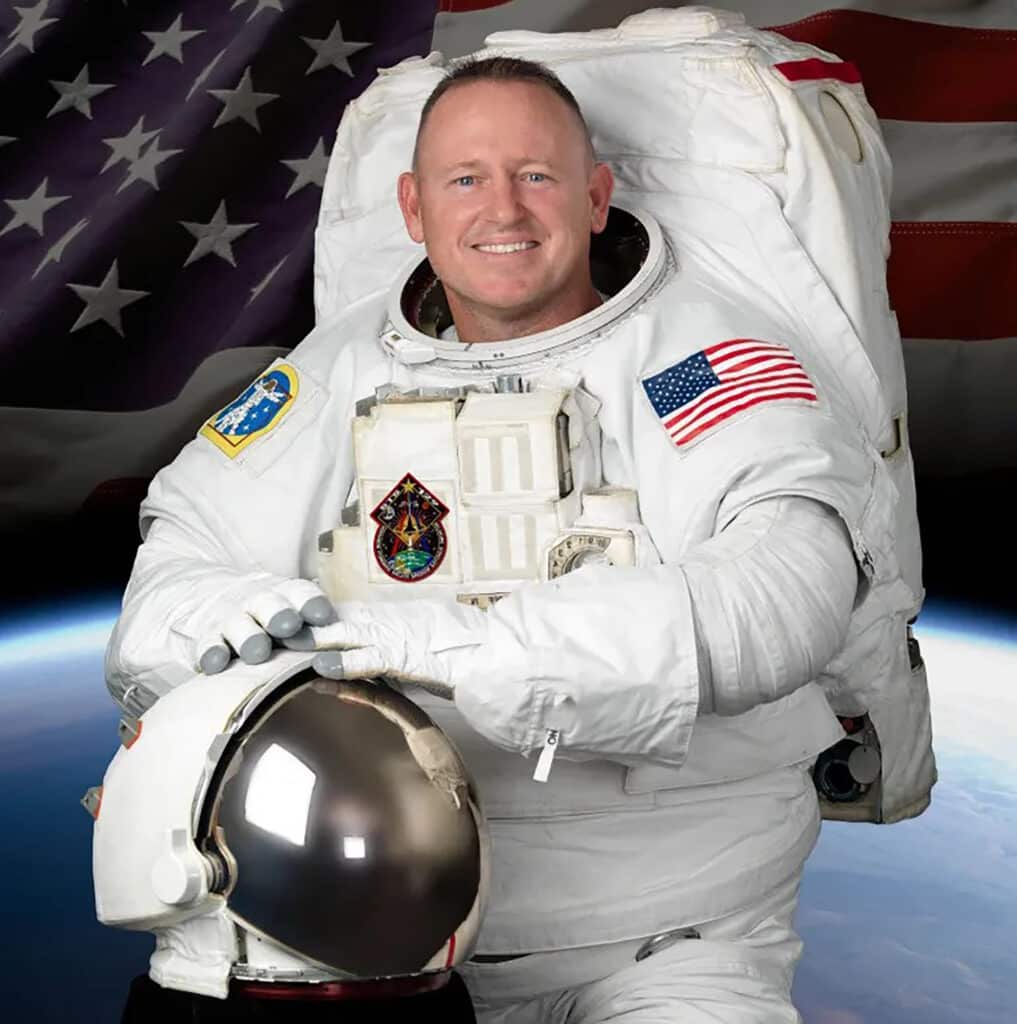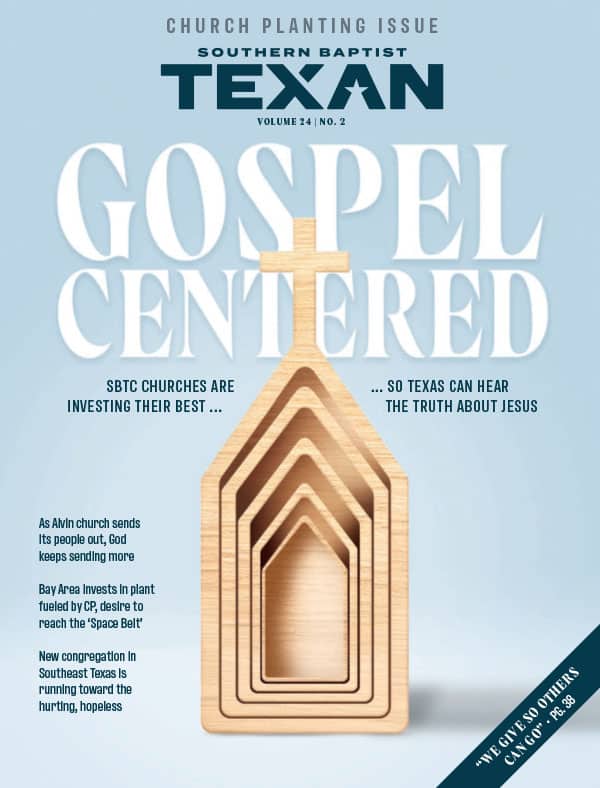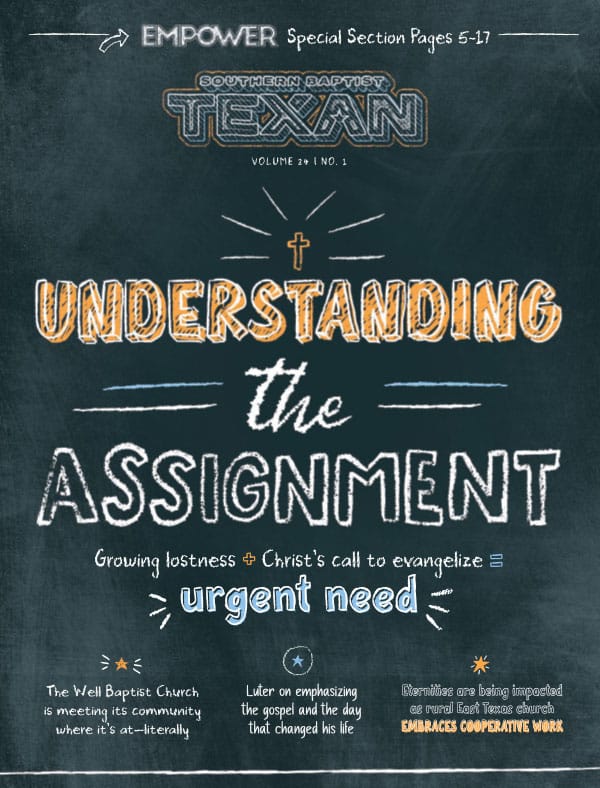DALLAS?Over 10 days at spring break, a team of Criswell College students, led by college Provost Lamar Cooper, helped unearth ancient artifacts during an archaeological dig near the Temple Mount in Jerusalem.
The students and Cooper and his wife worked on the Temple Mount Salvage Project, sifting through roughly 1,200 buckets of dirt. They discovered 11 coins, some pottery mosaic, plaster, and some stones.
“One student found an onyx tile that is believed to be a floor tile from the inner Second Temple.” Cooper said.
Noted Israeli archaeologist Gabriel Barkay, with the cooperation of the Israeli National Parks Authority, leads the Temple Mount Salvage Project. While the dirt of the Temple Mount Salvage Project is from the Temple Mount in Jerusalem, the location of the project is just outside of Jerusalem.
“About three years ago, the Arabs requested permission to build a fire escape from the mosque, Al-Aqsa, located underneath the Dome of the Rock.” Cooper said.
When the Israeli president signed the documents granting permission, he did not pay attention. The fire escape instead became a grand entrance to the Al-Aqsa mosque. Over several days the construction crew removed 20,000 tons of dirt, carving a slanting hole leading into the Temple Mount and the mosque.
“The dirt was then dumped into the Kidron Valley after it was excavated,” Cooper said.
When the Israeli Antiquities Authority discovered what had happened, they impounded the dirt.
“Normally when a construction project is being done the Israeli government sends in archaeologists to remove everything of historical value.” Cooper said. “But because of the way that this construction project was carried out the archaeologists did not get that chance.”
After the dirt was impounded, it was moved to Tzurim Valley National Park on the slopes of Mount
Scopus, the project’s current location. Here the team of archaeologists led by Barkay are going through the dirt bucket by bucket.
“When we were there we used a method called wet sifting.” Cooper said.
Wet sifting involves the students taking a bucket of dirt and filling it with water. After allowing the bucket to sit, the contents are dumped into a sieve and hosed off.
“Then we would go through the pieces left over and look for items that stood out,” Cooper said. “The team was trained to recognize the items of importance by the staff at the Temple Mount Project.”
Currently, the project has unearthed many items of importance.
“At this time the Temple Mount Salvage Project has unearthed over 3,500 coins,” Cooper said. “These coins contain important information about history. Some of the coins discovered are the first coins discovered of their type. By the time the project is completed they will probably have at least 6,000 to 7,000 coins.”
While on the trip Cooper sat down with Barkay and looked over some of the 3,500 coins discovered thus far.
“I was looking at the coins and I turned to Dr. Barkay and said, ‘This dig would be well worth it, just for the coins that were found.'”
The Temple Mount Salvage Project is allowing archaeologists the first look in at what the First and Second Temples were like.
The project is important in another way as well. Though there have been no archeological digs on the Temple Mount, this soil is soil from the Temple Mount.
“They will not be able to make the same kind of conclusions about their discoveries, but they will be able to draw a lot of conclusions from what they have found,” Cooper said.
The project has found evidence of both the First and the Second Temple.
The project and archaeology in general are important for the Christian, Cooper said.
“There are some people who do not believe that the Temple ever existed,” Cooper explained. “But this project is able to give us evidence that the Temple existed and gives us an idea of what it looked like.”
The historical accuracy of the Bible has been attacked for years, but archaeology is able to prove the existence of places that were long thought mythical.
“Every time the historical accuracy of the Bible is placed up against archaeology, the Bible is always proven true,” Cooper said.
Cooper gave an analogy: “Imagine that one day your house was destroyed by a tornado and a man came up to you and said, ‘Your house never existed.’ You would be able to say to him, ‘Yes it did.
Here are the pieces.’ It is that way with archaeology. It finds the pieces to prove history. Archaeology proves the truth of the Bible.”
The Criswell trip did more than just help unearth information about the Temple Mount. Trace Bailey, a Criswell student and Texas pastor who attended this year’s trip, said, “It was an incredible experience to experience Israel and Jerusalem and to have your hands in the very ground of the Temple Mount.”
Bailey said he left Israel with a new burden.
“I realized the importance of global Christians and left with a new understanding of missions. To see the Jews weeping at a wall hoping to gain a relationship with God and how devout the Muslims are and know that they are lost, I have a new appreciation for the lostness of the world that I didn’t have before.”
Criswell College began sending out an archaeology team early in its history. The archaeology program is in conjunction with the Pasche Institute of Jewish Studies at Criswell. Cooper revived the program when he returned to Criswell in 1997.
Criswell has regularly sent out a team since then. Cooper said.
“The Temple Mount Salvage Project probably has at least another year of sifting left. We are hoping to be able to go back,” Cooper said.














